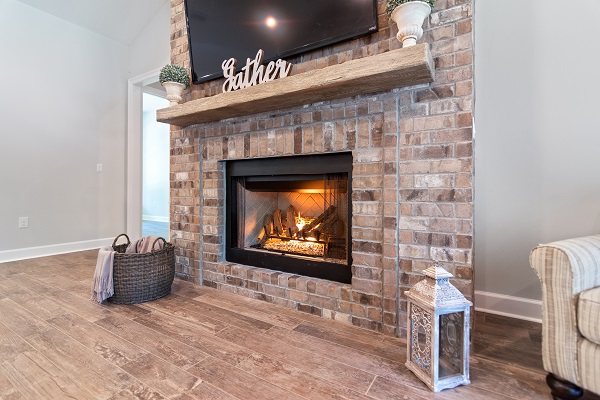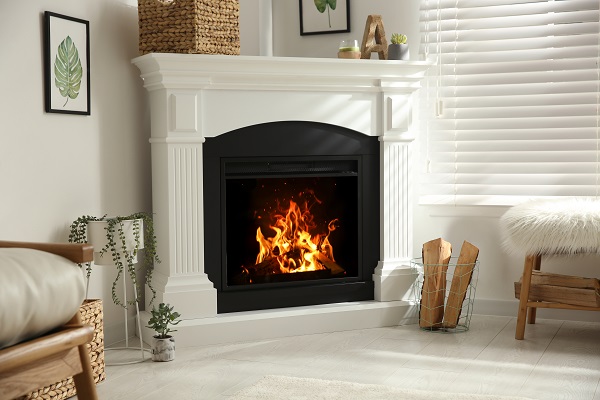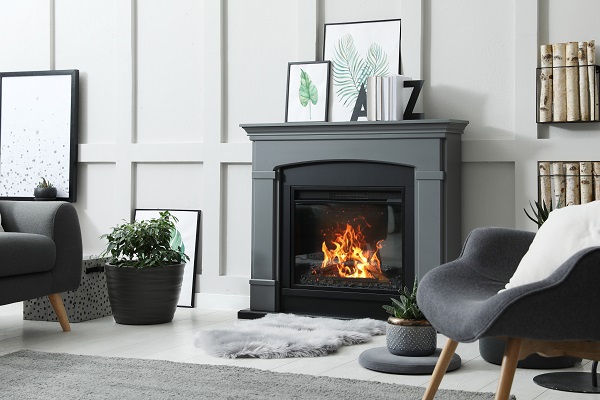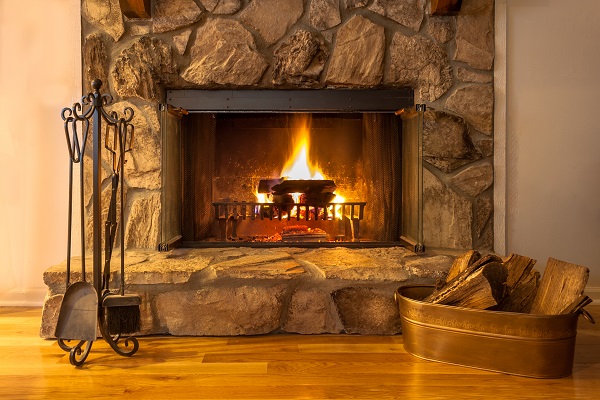The Local Experience Brought to Your Home!
About Us
The Fireplace & Grill Shoppe has been serving South West Michigan for over twenty years. As a family-owned and operated company, we pride ourselves in offering you a personal and well-informed experience. Our goal is to provide you with the opportunity to find what fireplace or outdoor grill fits you the best. We have spent years, and continue to update and refine our offerings to ensure that we can bring you a wide selection of products that will fit your list of wants and needs.
Fireplace Lingo Crash Course
Having been in the fireplace industry for years one thing we have noticed is the many different names and classifications that get used to describe fireplaces, both correctly, and incorrectly. Here you will find some information that will help you understand what it is that you may already have in your home, or what it is that you may want to add to your home.
The most commonly misused term in the fireplace world is ‘insert’. Very often we find people referring to their fireplace as an insert. A fireplace insert is an appliance that is installed (inserted) into an existing fireplace. There are gas, wood, and electric inserts. Understanding the differences in fireplaces is also important. A traditional masonry wood fireplace is typically easy to spot. If you have a wood-burning fireplace, and your home was built before 1970, it is most likely a true masonry fireplace. Masonry fireplaces will have a brick or stone chimney on the exterior of the home. If you have a wood-burning fireplace and your home was built after 1970, it is most likely, a factory-built fireplace. Factory-built fireplaces have a round metal chimney pipe. This pipe may be concealed in a chimney chase on the exterior of the home, but some of that round metal pipe will always be visible at the top of that chimney chase. Now for the trickiest, gas fireplaces. It’s very simple to spot a gas fireplace, but knowing exactly what you have can be harder to understand.
You may have a wood-burning fireplace that had a gas log installed in it. If so, there will either be a control valve inside the burn chamber with the log set, a key valve in the floor or wall close to the fireplace, or both. If the fireplace has a compartment below the burn chamber that houses the controls of the fireplace you have either a direct vent or a B vent fireplace. One way to know which it may be is if the fireplace has a single glass panel on the front. If it does, then it is most likely a direct vent fireplace. Direct vent fireplaces when on an exterior wall of the home will almost always have their termination cap on that exterior wall. If the fireplace has bi-fold operable doors or no doors, then it is most likely a B-vent.
Hopefully, this will help you identify what kind of fireplace you have in your home. If you are still unsure, please go to our service page and submit a form with a picture of your fireplace, and any of the requested information you may have. In the section for the description of the issue just ask us to identify your fireplace. It is always good to know exactly what you have so if service is ever needed on your fireplace, you will be well informed.






